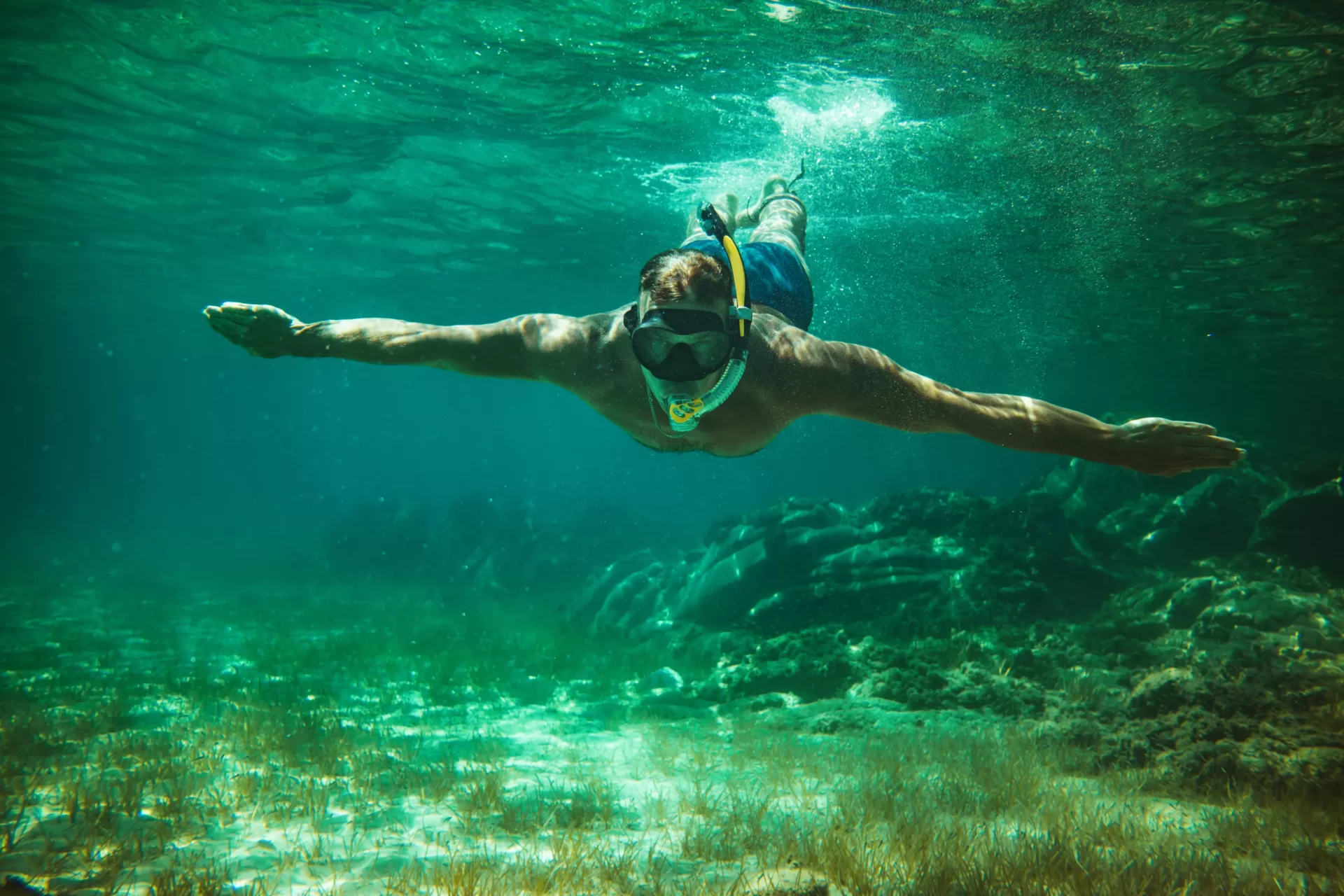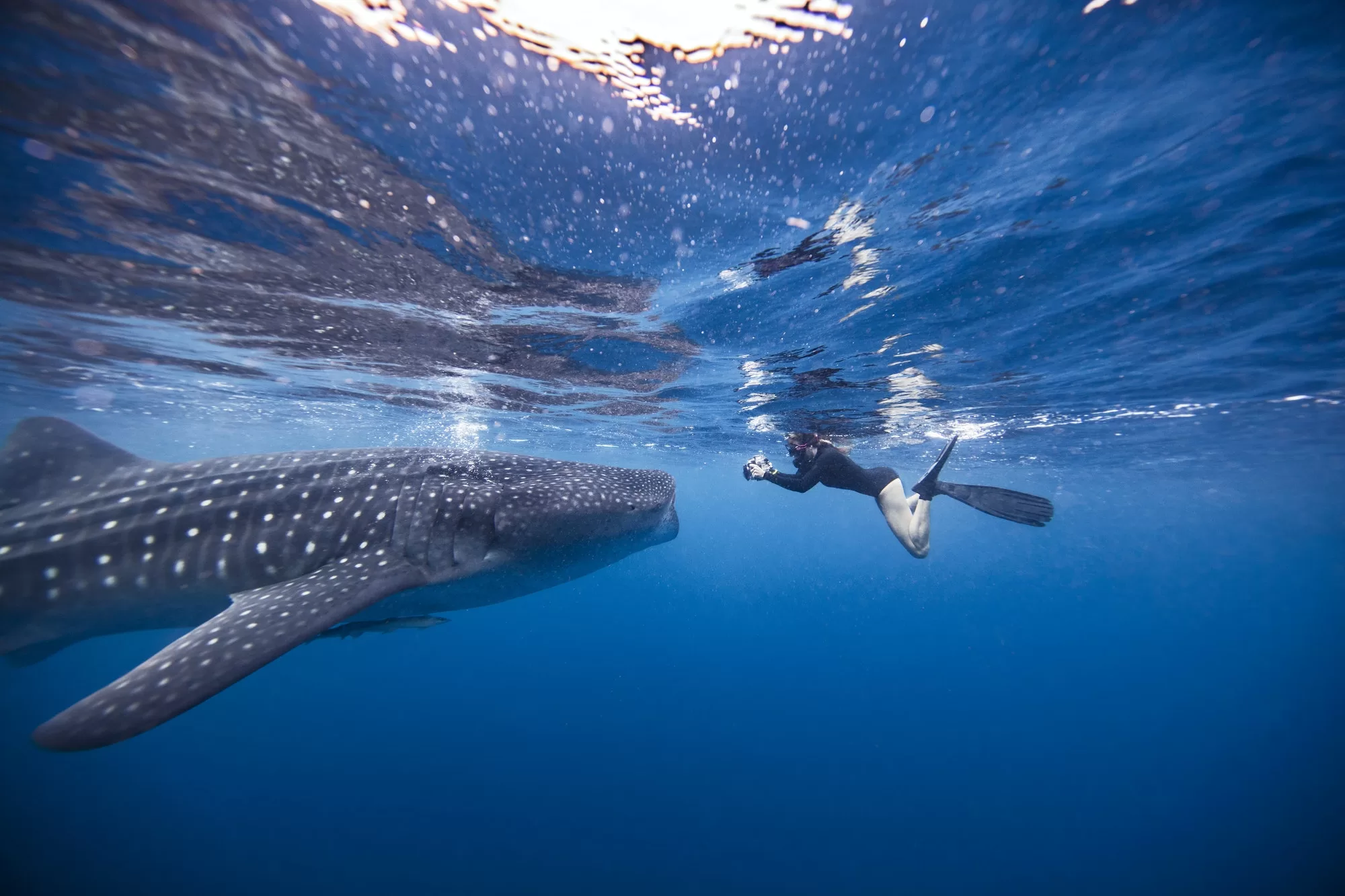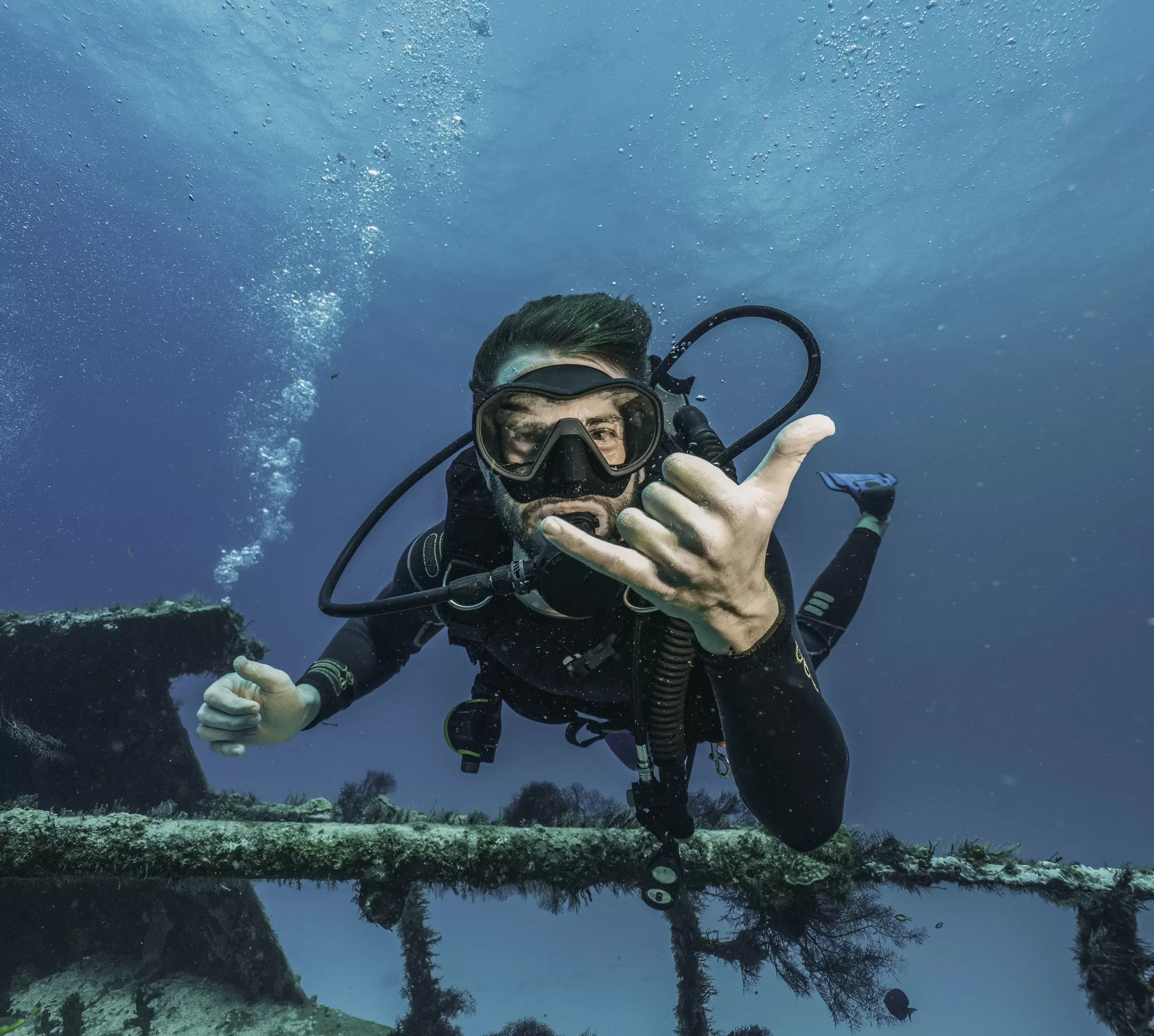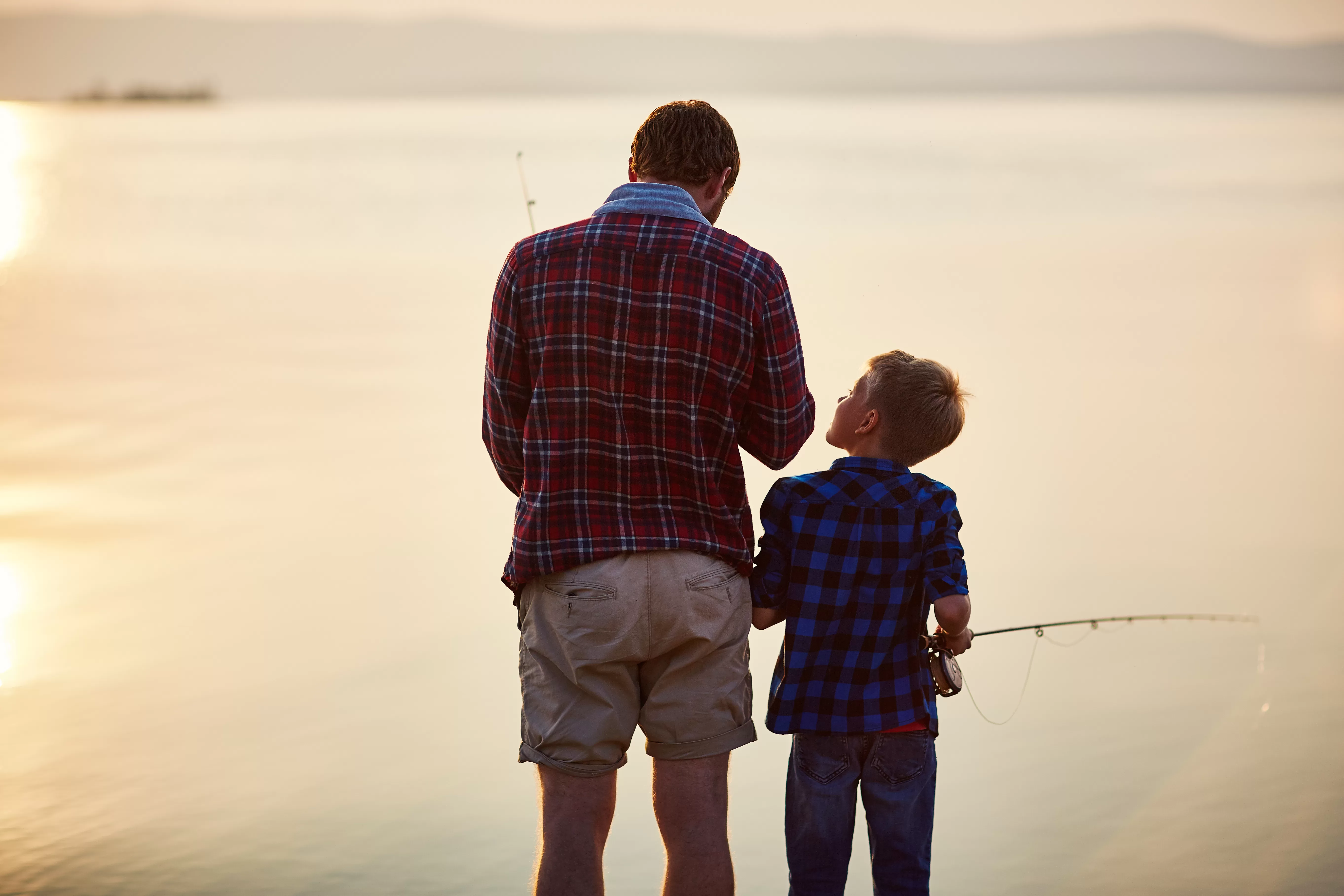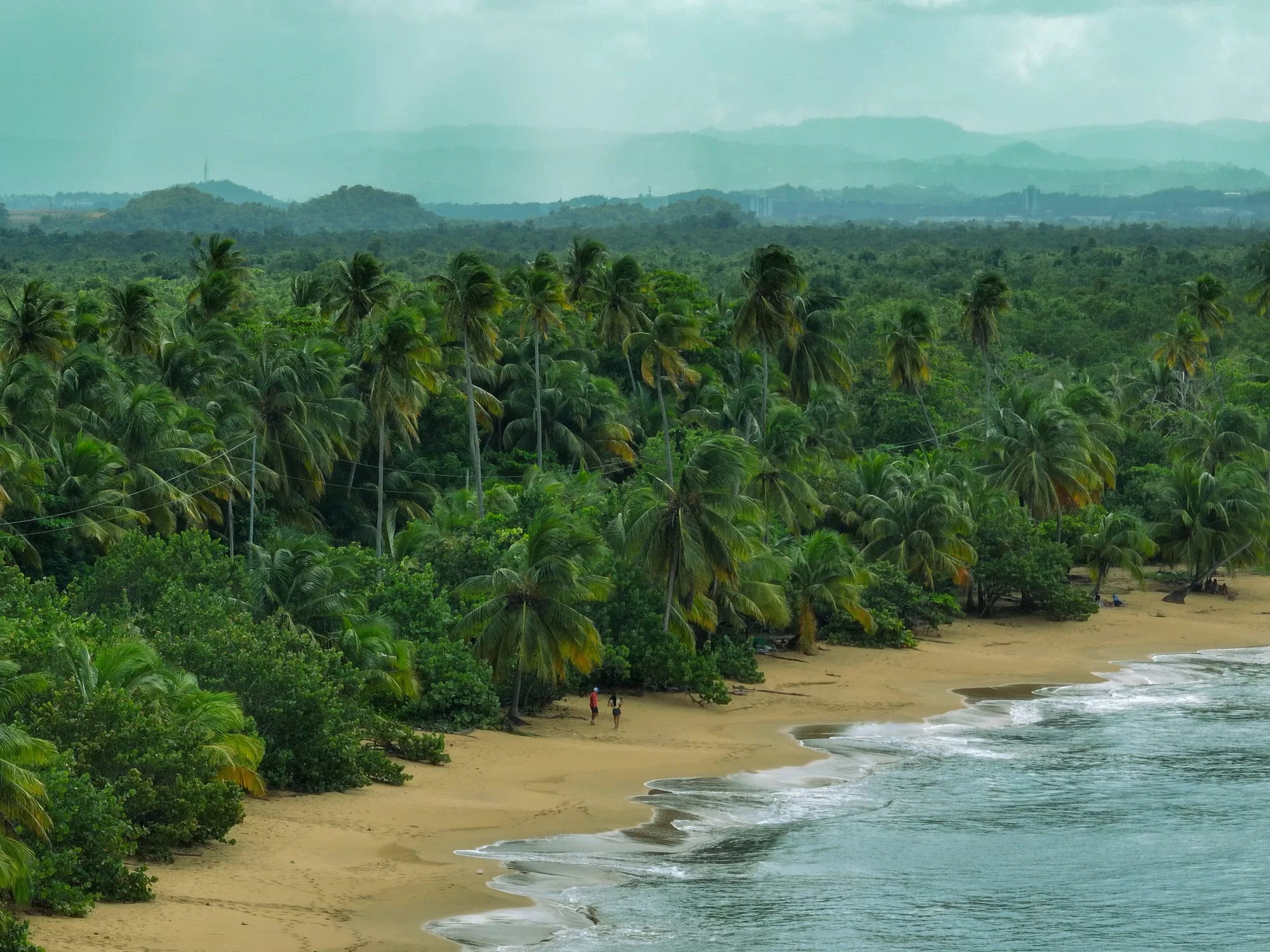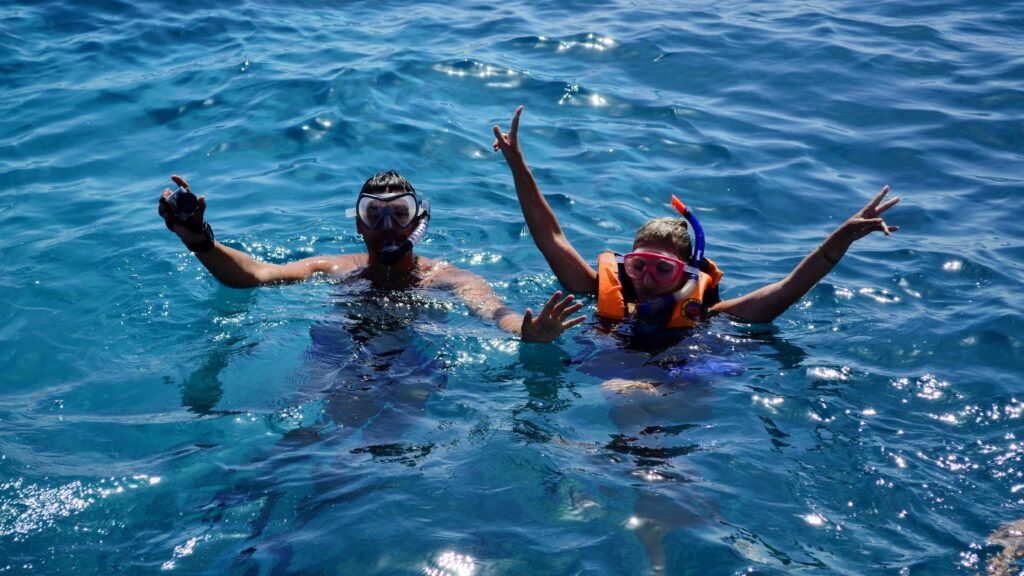
Diving into the depths of the world’s oceans, seas, and lakes, one encounters a realm teeming with life and color. Whether you’re floating on the surface or delving deep below, both snorkeling and scuba diving offer unique perspectives of this underwater universe.
Scuba Diving Information
Scuba diving involves using a self-contained underwater breathing apparatus, commonly known as SCUBA gear. This equipment allows divers to explore deeper underwater realms, staying submerged for extended periods. While the origins of modern scuba diving can be traced back to Jacques Cousteau and Emile Gagnan’s invention in 1943, the activity has evolved significantly, becoming accessible to adventure seekers around the world.
On the other hand, the world beneath the waves is filled with wonders ranging from vibrant coral reefs to mysterious shipwrecks. As scuba divers delve into these depths, they not only witness the wonders of marine life but also become a part of this serene and surreal world, if only for a short while.
Snorkeling Information
Snorkeling is a simple yet fascinating way to explore the underwater world. With just a mask, snorkel, and sometimes fins, snorkelers can observe marine life from the surface. The activity is particularly popular in shallow waters around coral reefs, where a myriad of colorful fishes and corals can be observed.
Unlike scuba diving, snorkeling doesn’t require any specialized training. It’s an activity suitable for people of all ages, making it a favorite family pastime in beach destinations. With the right equipment and a bit of practice, anyone can float on the surface and peek into the underwater world.
What the difference is between them
The primary difference between snorkeling and scuba diving lies in the depth and duration of the underwater exploration. While snorkelers stay close to the surface, breathing through a snorkel tube, scuba divers venture deeper, carrying their air supply with them.
Another distinction is the equipment. Snorkeling requires minimal gear – typically just a mask and snorkel. In contrast, scuba diving necessitates a range of equipment, including a buoyancy control device, dive tanks, and regulators.
Pros and Cons of each one
Snorkeling:
- Pros:
- Accessible to all age groups
- Minimal equipment required
- Ideal for shallow water exploration
- Cons:
- Limited to surface-level observation
- Cannot explore deeper sites
Scuba Diving:
- Pros:
- Allows for deep-sea exploration
- Opportunity to witness a diverse range of marine life
- Can explore underwater structures and shipwrecks
- Cons:
- Requires training and certification
- More equipment needed
- Potential risks if safety protocols aren’t followed
Best Places to Snorkel
- Cities & Country Recommendations:
- Bora Bora, French Polynesia: Known for crystal clear lagoons.
- Belize City, Belize: Home to the Great Blue Hole.
- Cairns, Australia: Gateway to the Great Barrier Reef.
- Eilat, Israel: Red Sea marine life and coral reefs.
- Maui, Hawaii: Turtles and tropical fishes in abundance.
Best Places to Scuba Dive
When it comes to scuba diving, the world offers a plethora of destinations. For those seeking vibrant marine life, the Great Barrier Reef in Australia is a top choice. Its vast coral system hosts a dazzling array of creatures. On the other side of the spectrum, the deep cenotes of Mexico offer a unique diving experience, combining clear freshwater with mystical underground formations.
Another coveted spot for divers is the Maldives. Its atolls are teeming with life, offering everything from manta ray encounters to shipwreck explorations. Whether you’re after colorful reefs or the thrill of spotting sharks, the Maldives has it all.
Cost of Activities
Breakdown of Cost:
- Snorkeling:
- Equipment rental (mask, snorkel, fins): $10 – $50 per day
- Guided tour: $30 – $100 depending on location and duration
- Scuba Diving:
- Discover scuba diving: $100 – $150
- Certification course: $300 – $700
- Equipment rental: $50 – $150 per day
Tips and Recommendations
Before embarking on either snorkeling or scuba diving, it’s essential to be aware of the local marine life and any potential dangers. Always follow guidelines provided by local experts or instructors. For scuba diving, ensuring that equipment is well-maintained and adhering to dive safety rules is
Snorkeling FAQs
Q: Do I need any prior training to snorkel?
A: No, snorkeling doesn’t require specialized training. However, it’s beneficial to be comfortable in the water and know basic swimming skills.
Q: Can I snorkel if I wear glasses or contact lenses?
A: Yes, prescription masks are available for those who wear glasses. If you wear contact lenses, you can wear them under a regular snorkel mask, but always be cautious to avoid getting water in your eyes.
Q: How long can I stay underwater while snorkeling?
A: Snorkeling is primarily a surface activity. While you can hold your breath and dive down briefly, the duration depends on an individual’s breath-holding capacity. Always resurface before feeling out of breath.
Scuba Diving FAQs
Q: Is it essential to be a good swimmer to scuba dive?
A: While you don’t need to be an Olympic swimmer, basic swimming skills and comfort in the water are necessary for scuba diving. During certification, there’s usually a simple swim test.
Q: How deep can a recreational diver go?
A: The recommended maximum depth for recreational divers is 130 feet (40 meters), but many initial certifications advise staying shallower than 60 feet (18 meters).
Q: Is scuba diving dangerous?
A: When proper training, equipment, and safety precautions are followed, scuba diving is considered safe. However, like any sport, there are inherent risks. It’s crucial to be aware of them and always dive within your limits.
